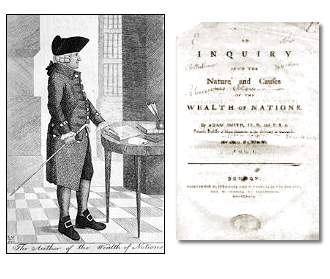With several prominent commercial galleries shutting their doors only a year removed from two of the best non-profit spaces closing, it seems as good as time as any to talk about funding. Recently, including in the pages of this journal, many have voiced opposition to the aggressive cutbacks for public arts funding. This is a reality affecting not only New England, but faced by most cities across the country, even outside the U.S. where Martin Herbert recently reported that in the generously supported U.K. institutions are becoming dependent on individuals and corporations for the first time. While public money for art is generally a good thing, there is something in the rhetoric that is starting to piss me off: that government money and granting agencies reflect a superior morality than private donors. Or worse, that they are not markets at all.
The idea that a structure is in place, or ever was, where art can be supported without being bound to the “market” is one of the more dubious assertions about arts funding. First off, non-profit agencies, creative capital grants and university tenure are all markets in themselves. While all have their particular function in culture and nuanced place in the market, I will limit this short rant to the ever-tenuous alternative non-profit art space. With funding drying up by the day, it is these spaces that are affected the most.
While lamenting the closing of these feisty, young incubator galleries, we might also better understand the relationship between so-called crass commercial galleries and alt non-profit spaces. What is so often the case, non-profit spaces often show the work of young artists who have not found commercial representation, are in or just out of school or simply haven’t found the proper market for their work. Virtually every mission statement boasts of “showing the current trends in art that is difficult to sell” or simply being “experimental” often leads to assumptions about the need for government money for operational costs. Yet, they are called incubator galleries for a reason. In Boston especially, non-profit spaces have often represented where one started. If one has a few shows at the Mills, the now defunct Green St. Gallery or Chinatown’s favorite Oni Gallery, artists can happily move on to the commercial spaces, showing a track record of caring for art more than profit. Which of course is a great selling point, but hardly a reality since artists always want and need money to support their practice.
Are these non-profit spaces simply a feeding system for the larger commercial enterprises? If so, the status of being “experimental” or primarily non-profit can be seen as an ideological market that strives to provide quality products for commercial galleries. The “experimental” nature allows artists to work out kinks before they have to face the cold facts of commercialism in a for profit gallery. In this sense, non-profits are important to commercial galleries because they don’t have to front the overhead on projects that are untested and more likely to flop.
This seems perfectly agreeable to me. However, stating that in a mission statement to get public money might be a tough sell. It won’t be long before a new generation of exhibition spaces spring up in Boston; some clarity in their mission would be refreshing. Lets hear it for a new model:
“We strive to create a better market for individual artists. In roundabout ways, we are a feeding ground for the major enterprises in the business of art. As a non-profit space, we look for artists who have not yet found their niche, but who nonetheless possess great skills and ideas. They are hoping to ply their trade on the open market but wish to show with us until a larger organization (i.e. a profit generating one) takes hold. As such, we are contributing to the dialog of economics by operating as a public focus group. What we exhibit will often go on to greater and more profitable ventures, in which we will get no proceeds from. However, we will maintain the cache that we showed it first.”




